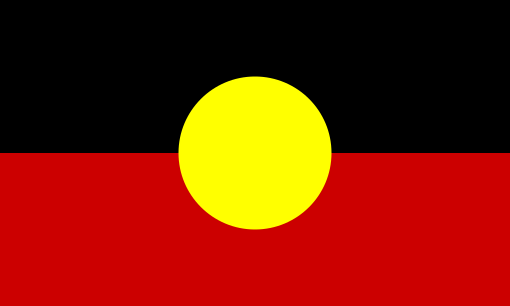Brief History
Aboriginals are the first known human inhabitants of the Australian continent and are thought to be the oldest continuous civilisation in the world. Aboriginal Australians are recognised by scientists to have arrived between 40,000 and 70,000 years ago, but Aboriginal history says that “we have been here since time began.” The word Aboriginal meaning ‘first or earliest known, indigenous,’ has been used to describe indigenous people in Australia since the 17th century. The term includes both the Torres Strait Islanders and the Aboriginal People. The 2006 Census estimates that there are over half a million people in Australia who identify themselves as Aboriginal and they make up about 2.5% of Australia’s population.
Colonisation
It has been estimated that at the time of first European contact, the absolute minimum pre-1788 Aboriginal population was 315,000, while recent archaeological finds suggest that a population of 750,000 could have existed. By 1900 the recorded Indigenous population of Australia had declined to approximately 93,000. While the exact number of Aboriginal deaths is unknown, many Aboriginal people died of introduced diseases to which they had no resistance, such as smallpox, influenza and measles. The colonisers threw the native Aboriginal people off their homeland, and started the process of ‘cultural assimilation’ – where individuals or groups are absorbed into the culture of another society or group. Many also died in random killings and organised massacres as a result of colonisation.
Struggle
An ongoing struggle for rights and respect has been the outcome of colonisation. The struggle has been helped by the need for recognition of human rights and vocal Aboriginal activists. Aboriginal people have a Spiritual connection to the land, as well as using it as a source of food. Government policy removed native Aboriginal people from their homeland, often into unsuitable makeshift camps of institutions. This therefore broke the connection Aboriginal people had to their land for thousands of years. It was not until 1992 and the landmark Mabo case that Aboriginal people right to their land was recognised through Native Title and the concept of ‘terra nuillus’ was overturned.
From 1869 up until the 1970s the Australian government carried out an official policy of removing children of mixed Aboriginal and white race from their families in an attempt to ‘breed out’ the Aboriginal population. These children are now known as the ‘Stolen Generations’. This practice was only officially recognised in the 1990s. The effects of this policy are still very visible today however some amount of healing has begun with the National Apology issued by the Prime Minister to victims of the Stolen Generations in 2008. However there is still along way to go in the healing process and this is illustrated by the government refusal to put in place a national Compensation fund and the persistent inequalities Aboriginal people face in Australia.
The Aboriginal Flag

A symbol of the strength and resilience of the Aboriginal struggle is the fact that now, the Aboriginal people have their own flag different to that of the Australian national flag. It was originally designed by Harold Thomas, an Aboriginal artist in 1971 as a protest flag for the land rights movement. In 1995 the Aboriginal flag was officially proclaimed in the ‘Flags of Australia’. Today many Australian buildings fly the Aboriginal flag as well as the Australian national flag.
